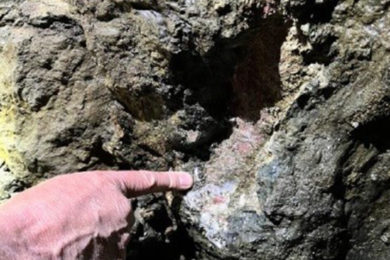A coal-drying technology that will extract more energy from high moisture coal at less cost and simultaneously reduce potentially harmful emissions is ready for commercial use after successful testing at a Minnesota electric utility. The DryFiningTM technology – developed with funding from the first round of the US Department of Energy’s Clean Coal Power Initiative (CCPI) – uses waste heat from a power plant to reduce the moisture content of lignite, whilst also segregating particles by density. This means a significant amount of higher density compounds containing sulphur and mercury are sorted out and returned to the mine, rather than oxidised in the boiler.
As part its CCPI-funded project, Great River Energy tested a 104.3-t prototype dryer in the company’s 546 MW Coal Creek Station Unit 2 in Underwood, North Dakota. Following a successful increase in boiler efficiency and reduction of emissions, Great River Energy expanded the project by building full-scale dryer modules for the entire Coal Creek Station. The Office of Fossil Energy’s National Energy Technology Laboratory manages the CCPI program.
Great River Energy has selected the WorleyParsons Group to exclusively distribute licences for the technology. Great American Energy, a 50-50 joint venture of Great River Energy and the North American Coal Corp, will also market the technology, whose first user will be the utility’s Spiritwood Station under construction near Jamestown, North Dakota.
At the Coal Creek Station, the technology increased the energy content of the lignite from 6,200 to 7,100 btu/Ib, thereby reducing fuel input into the boilers by 14%. At the same time, sulphur dioxide and mercury emissions were reduced by more than 40%, nitrogen oxide by more than 20%, and carbon dioxide by 4%.
Lignite accounts for about 7% of annual coal production in the US, and is an important energy source for electricity generation. In general, lignite has a higher moisture and ash content, resulting in a lower power efficiency and higher rate of emissions than coals with less moisture.








